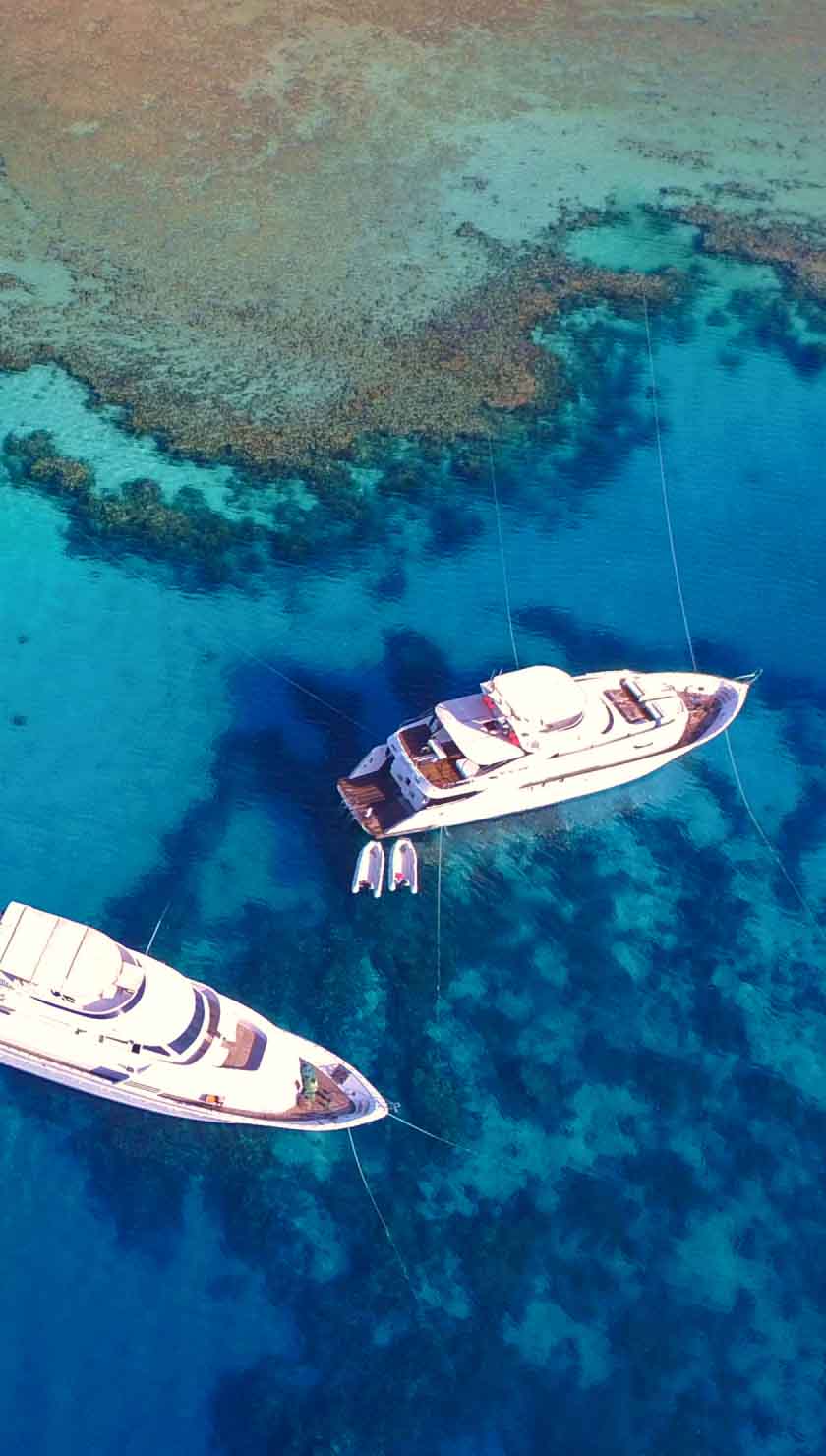Scuba Diving in Belize
Scuba diving Belize includes some of the most well-known sites in the world, such the Great Blue Hole and Lighthouse Reef. Hammerheads and bull sharks swim past limestone stalactites and stalagmites. Other inhabitants of this UNESCO World Heritage Site include manatees, crocodiles, turtles, octopuses and whale sharks.
Diving in Belize is a truly unique experience, being located between Mexico and Guatemala, the land of Mayan ruins and tropical rain forests brings even more exploration under the water with the longest unbroken barrier reef in the Western Hemisphere and the second longest in the world. Belize scuba diving means adventure, relaxation and romance with more than 400 islands, sandy white beaches, 185 miles of coastline and dozens of dive sites.
Belize diving offers guests sweeping landscapes of more than 70 types of hard coral, 500 or more species of fish, large schools, rays and plenty of sharks to keep your heart racing. Liveaboards are a great way to make the most of your time diving in Belize as professional divemasters can point out even the most hidden forms of marine life in tiny cracks and crevices as you enjoy up to 5 dive per day.













